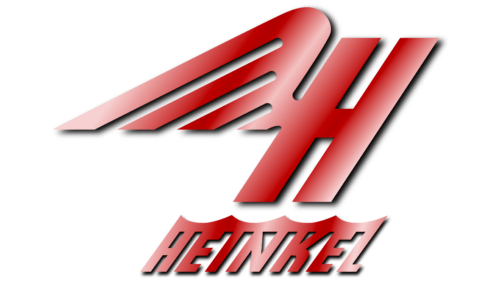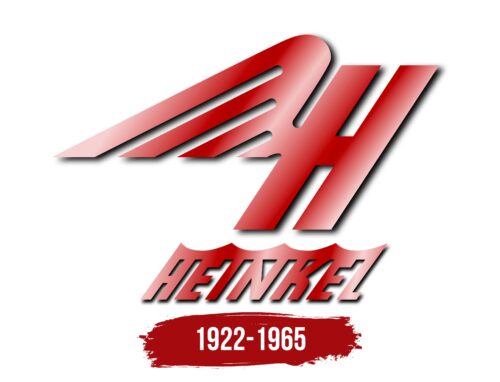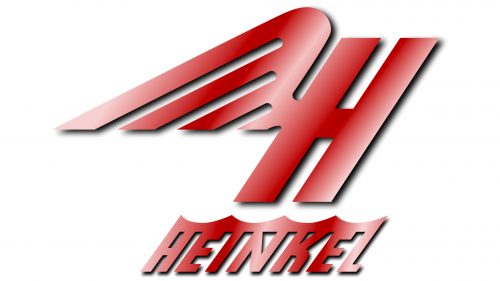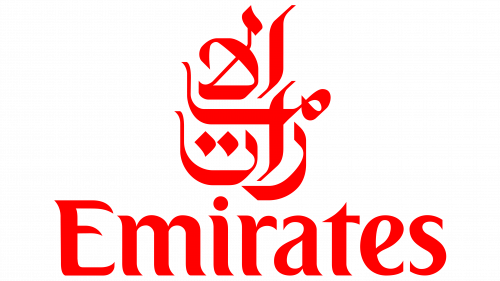The Heinkel logo is a testament to a rich heritage deeply embedded in aviation history. It reflects the innovative spirit and engineering prowess of the company founded by Ernst Heinkel. The emblem showcases Heinkel’s significant contributions to aircraft development and his enduring impact on military and civilian aviation. This logo symbolizes the pursuit of advancing flight technologies, mirroring the founder’s courage and foresight.
Heinkel: Brand overview
Heinkel, a German aircraft manufacturer, operated from 1922 until 1965. Ernst Heinkel established the company, initially under Heinkel-Flugzeugwerke, with its headquarters in Rostock, Germany.
Throughout the 1920s and 30s, Heinkel, under the innovative design direction of the Günter brothers, manufactured a wide range of military and civilian aircraft models. Some of its most iconic creations were the Heinkel He 111 bomber, the Heinkel He 112 fighter, and the Heinkel He 178, which made history in 1939 as the world’s first operational jet aircraft.
During the Second World War, Heinkel played a crucial role as a primary supplier of combat aircraft to the Luftwaffe. The Heinkel He 111 bomber was one of their most extensively produced models. In the final stages of the war, they manufactured the He 162 jet fighter.
Post-war, production was halted as Heinkel was barred from manufacturing aircraft until 1956. Once the restrictions were lifted, they shifted focus to civilian aircraft production, including some homebuilt aircraft designs.
In 1965, Heinkel merged with other German aviation firms, Messerschmitt and Bölkow, to form Messerschmitt-Bölkow-Blohm (MBB).
Throughout its operating history, Heinkel pioneered groundbreaking aviation technologies, including all-metal stressed-skin construction, retractable landing gear, and jet propulsion. One of its most technologically advanced designs during World War 2 was the Heinkel He 280, the first jet fighter to take flight, even before the Me 262 came into service.
Meaning and History
What is Heinkel?
It is a German company known for its airplane building, especially in the early and mid-twentieth century. Founded by Ernst Heinkel, the company produced a variety of military and civilian aircraft, including bombers, fighters, and reconnaissance planes. After World War II, it entered the automobile industry, producing scooters, microcars, and mopeds. The microcar became particularly prominent due to its compactness and economy. Despite the variety of products, the company is best known for contributing to aviation history.
1922 – 1965
Founded in 1922 and active until 1965, Heinkel was known for its dynamic and commanding brand image. The central element of the company’s logo is the large letter “H,” representing the founder’s name, Ernst Heinkel. This letter is distinctively adorned with wings, reflecting the company’s focus on aircraft manufacturing. The wings represent flight and Heinkel’s passion for aviation, affirming the brand’s dominant position in the skies.
The emblem’s tilt to the right enhances the ideas of forward motion, development, and growth, underscoring Heinkel’s ambitions and continuous pursuit of progress. The gradient in the logo creates visual highlights of light, symbolically focusing on the symbol and emphasizing the letter “H” reaching toward the sun—symbolizing the highest achievements and ideals.
A deep shadow under the logo adds a visual dimension that lends the symbol majesty and dignity. Below the main symbol, the company name is designed in a style resembling a crown. Linking letters with crown-like peaks enhances the image and represents the high quality of the aircraft produced, positioning them as the best of their era.
The Heinkel logo conveys a sense of excellence and assurance, mirroring the company’s unique approach to aircraft manufacturing. Ernst Heinkel was a pioneer in technical innovation. His seven-seater He 70 set a speed record for its era, and he was the first to build experimental models with jet engines. These accomplishments emphasize why the logo with the letter “H,” symbolizing leadership and innovation, was entirely fitting for Heinkel.





